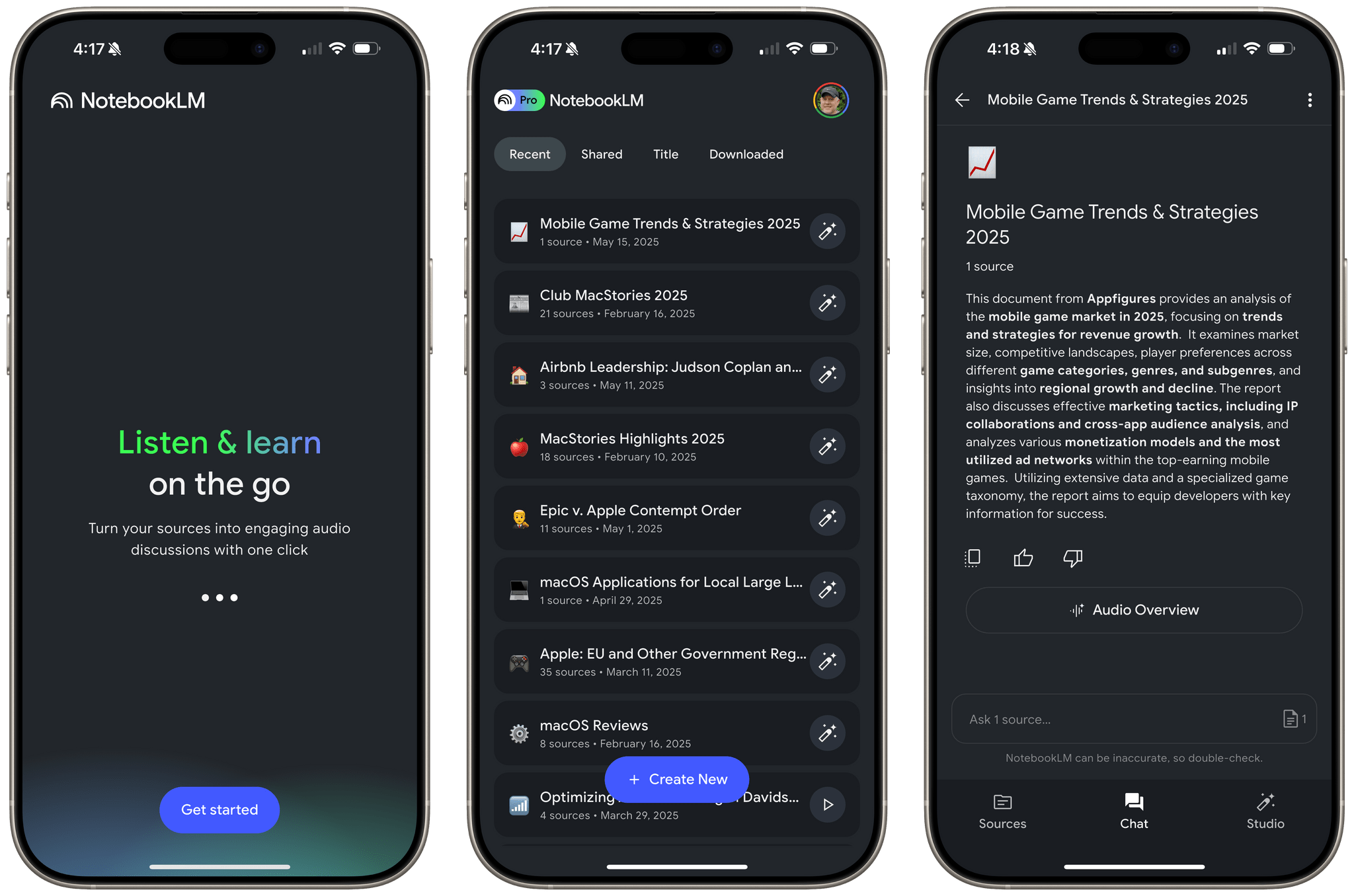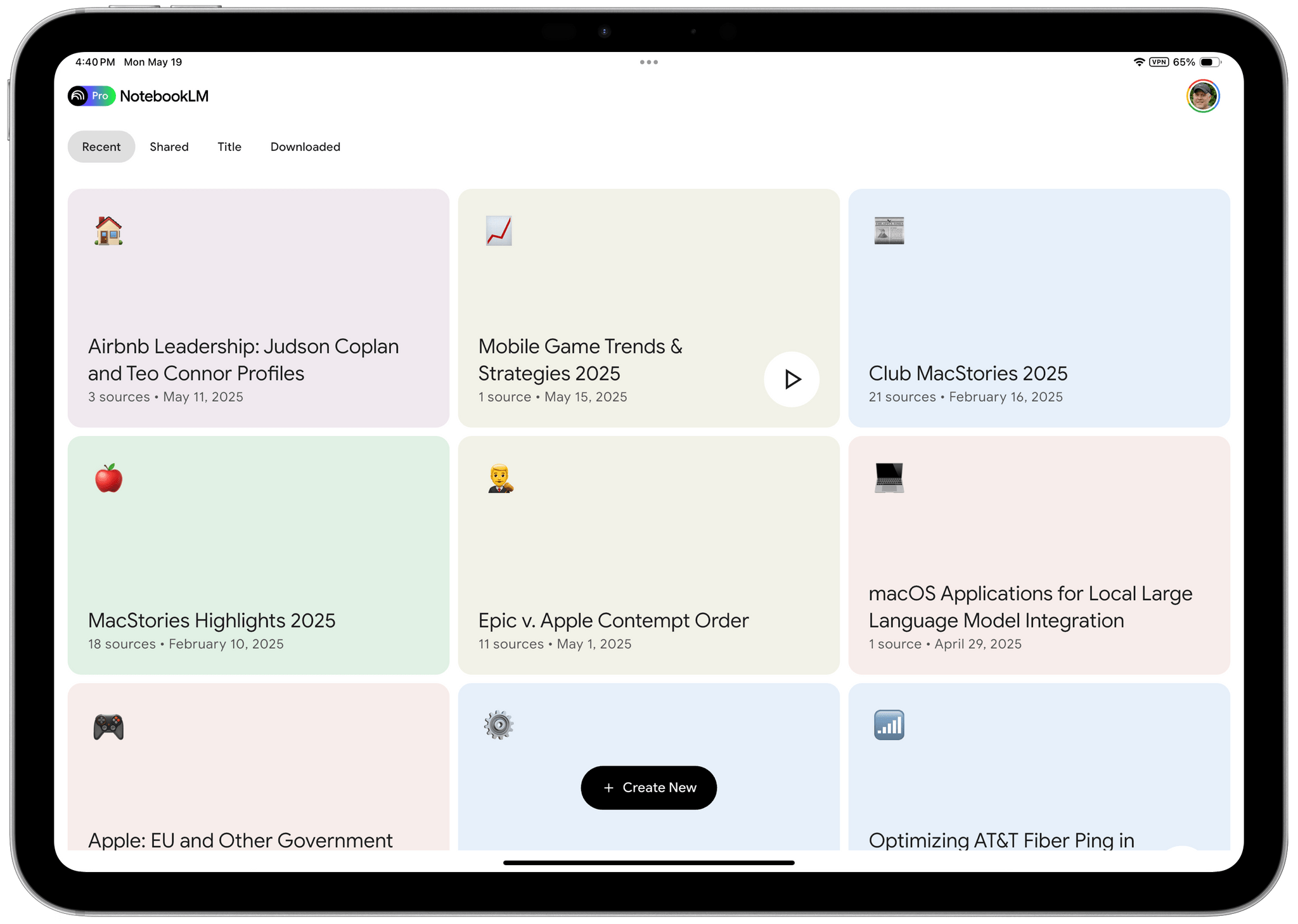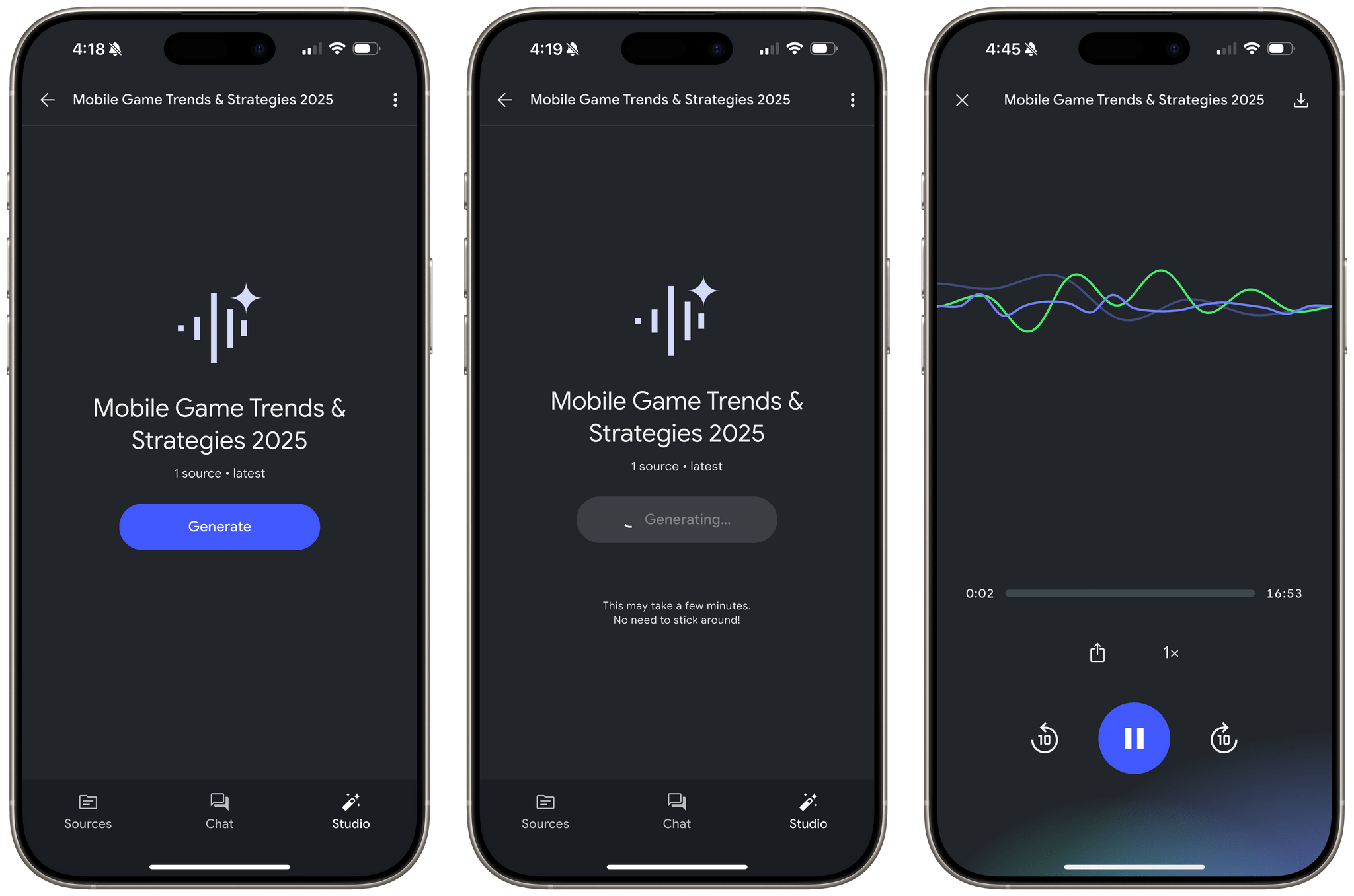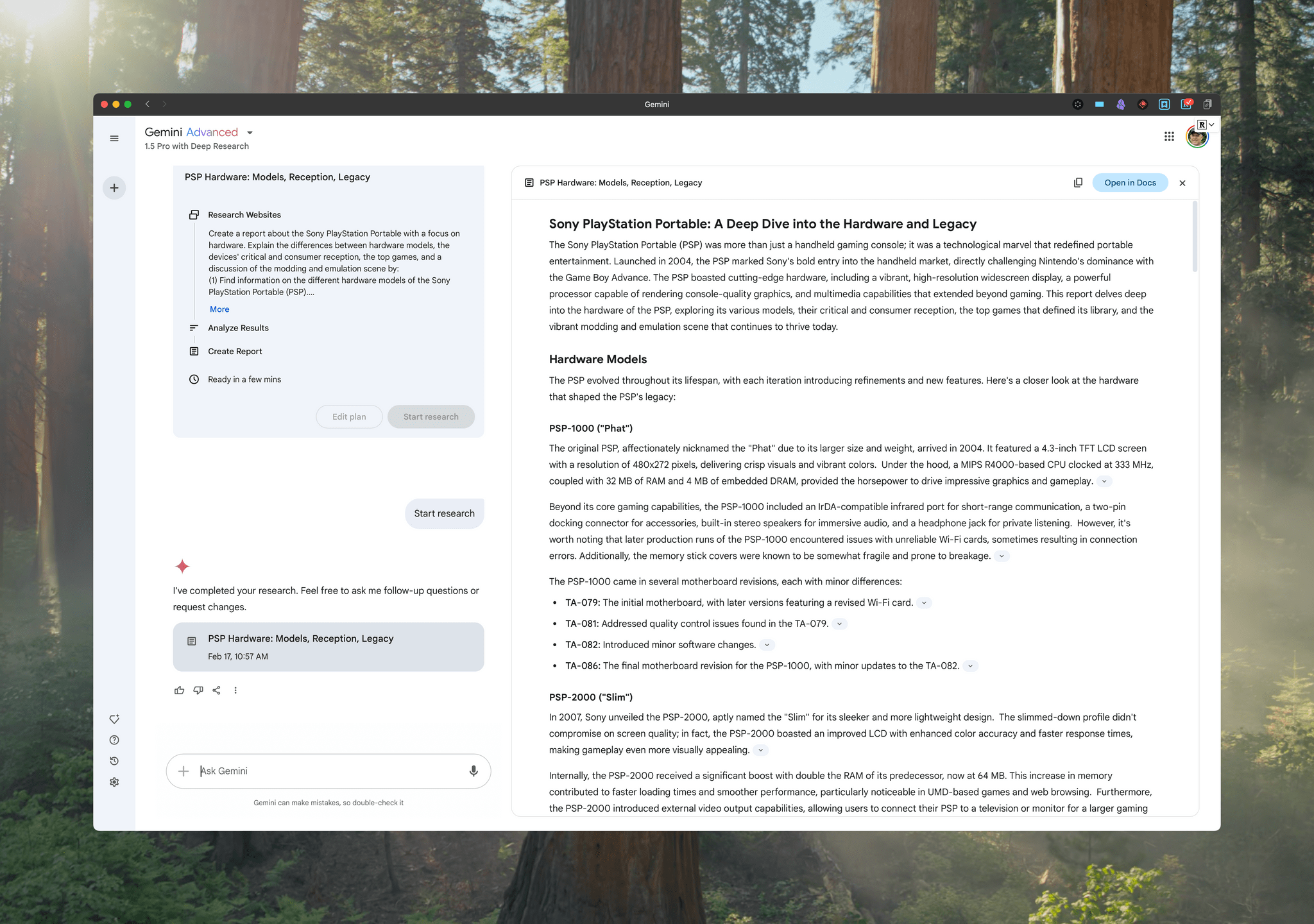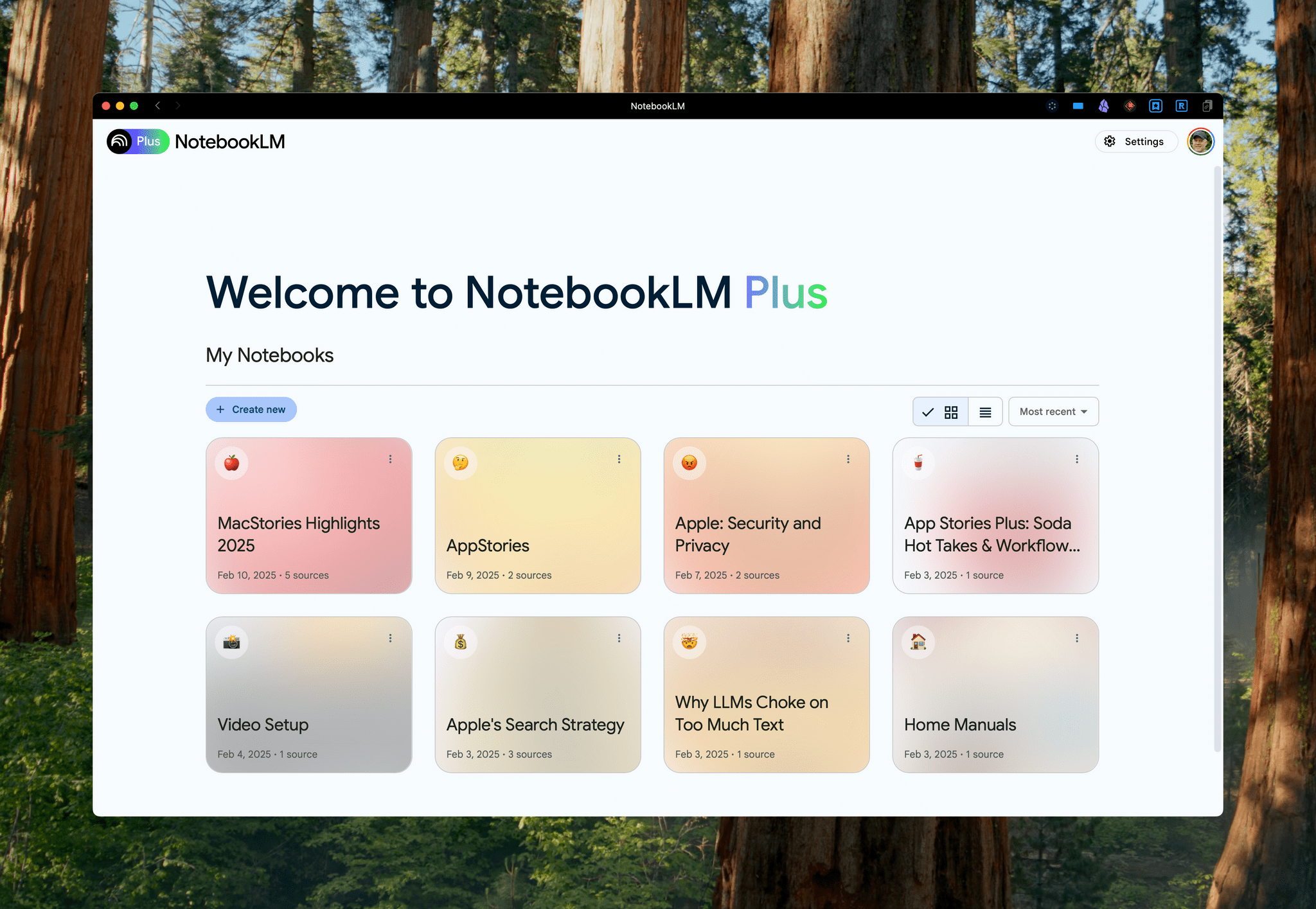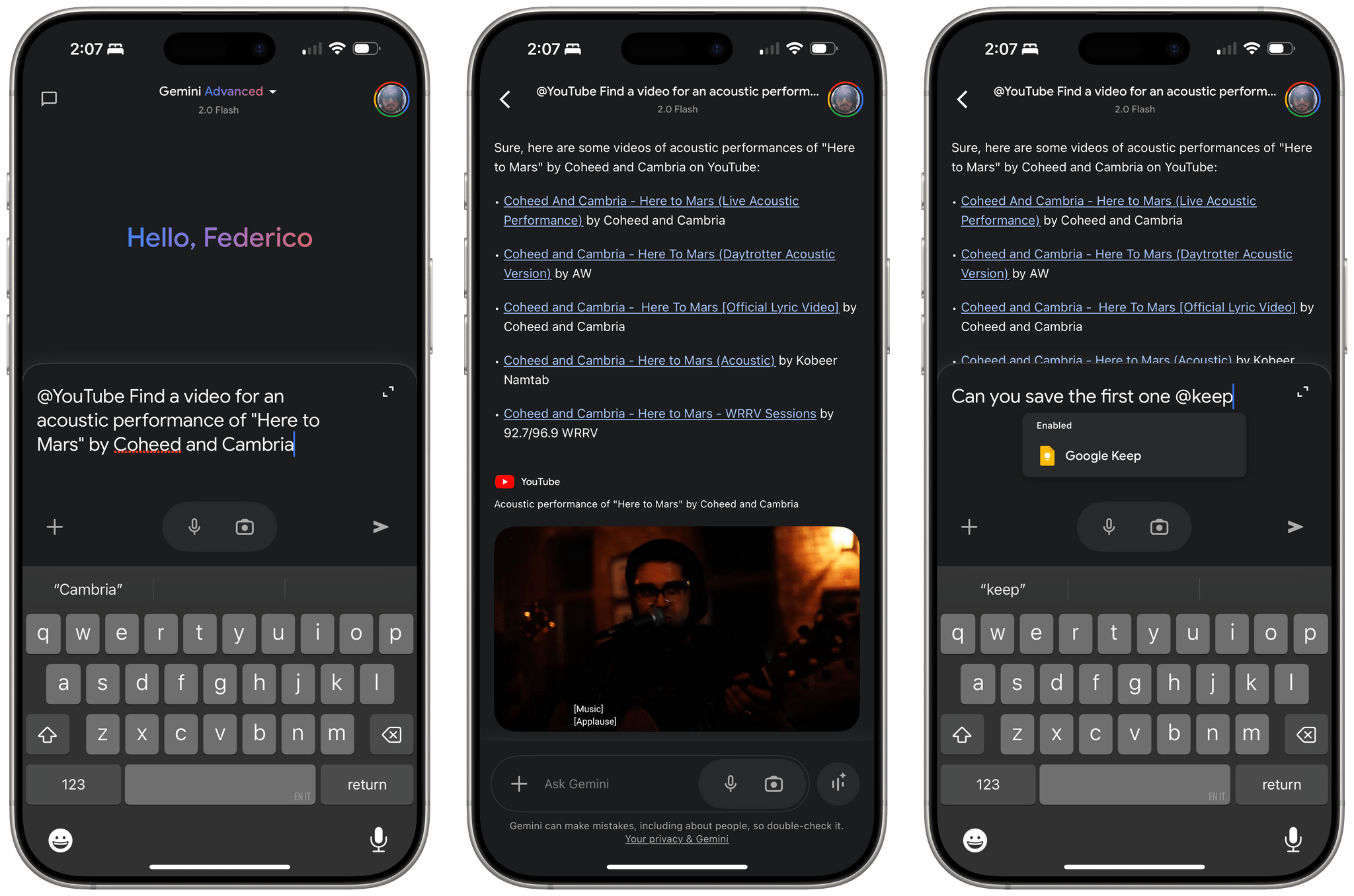Last week, Epic and Google made a big show of settling their antitrust dispute. The only trouble is that they didn’t do so until after the judge in the case had entered a permanent injunction requiring Google to make changes to how it operates its Play Store, which were upheld on appeal. That makes it harder to settle, as the mobilegamer.biz reports today:
The agreement was framed by Epic and Google as a conclusion to the court battle between the two that has been rumbling on since 2020. But a report from Law360 quotes the Judge overseeing the case as saying the proposals do not go far enough to rectify Google’s behaviour. Judge Donato also wants another hearing in December or January to straighten it all out.
“My concern here is that these proposed modifications … [are] not providing an adequate remedy for Google’s wrongdoing,” said Judge Donato, according to Law360.
This sort of thing isn’t unheard of, especially when the dispute is over a legal issue that takes into account the effect on consumers along with the parties involved. The judge in the case has scheduled hearings for December and January to consider the proposed settlement, but it looks like this case could end up in the U.S. Supreme Court after all.


